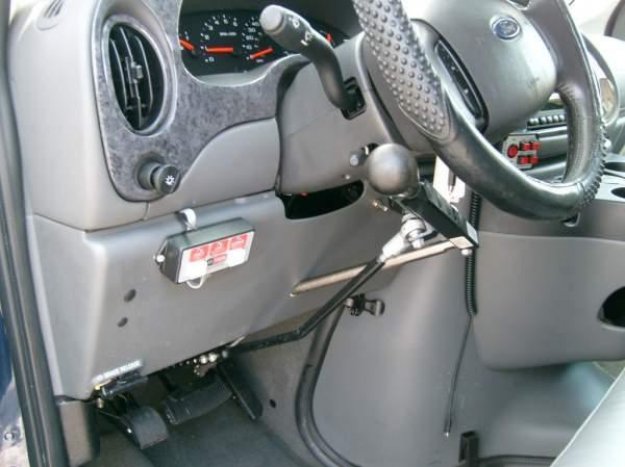Reduced Effort Braking Removes Limitations and Challenges For Disabled
Some drivers have difficulties depressing their vehicles’ brake pedals. Drivers with prosthetics or other limitations may find “stock” braking systems inadequate to meet their needs. Obviously, those challenges can create an unsafe driving situation.
Fortunately, drivers who have problems with conventional braking don’t need to give up on driving. They can still safely get around in their car, truck or van thanks to an increasingly common vehicle modification–reduced effort braking.
Reduced effort braking is usually managed by making vacuum level adjustments to the braking system originally shipped with the vehicle. The result of the conversion is to make the brake pedal more sensitive a reactive to pressure. That allows people who can’t “slam on the brakes” in a traditional sense to slow down and stop their vehicles without incident.
Study indicates the deceleration with reduced effort braking system isn’t significantly different in character or quality from traditional breaking. In other words, these adaptive systems do allow handicapped drivers to manage their vehicles just as well as drivers who use standard systems.
Those interested in reduced effort braking need to seek out professional installation and adjustment from someone who is experienced in performing the conversion. The risks associated with an error, quite obviously, are great. That justifies a great deal of care.
Reduced effort braking officially requires more than an adjustment to the standard equipment. That’s because the law requires any vehicle featuring this helpful modification to also carry a back-up braking system in case of failure on the part of the equipment or the a shortfall in the driver’s ability to operate the reduced effort system. A professional installer will understand those requirements and will make the installation of an appropriate backup system part of the conversion.
Different drivers have different needs. Operating a vehicle is not a “one size fits all” proposition. The fact that some people may have difficulties operating standard components does not need to stand in the way of their mobility. Reduced effort braking is a perfect example of how a slight modification can have a tremendous impact on overall accessibility and mobility.
If you’ve worried that your difficulties managing a standard brake might render you unable to drive, think again. Adaptations in the form of reduced effort braking systems can make it possible for you to handle your vehicle safely.
















